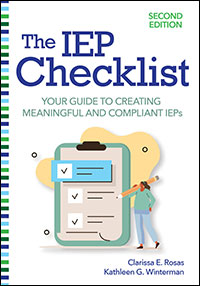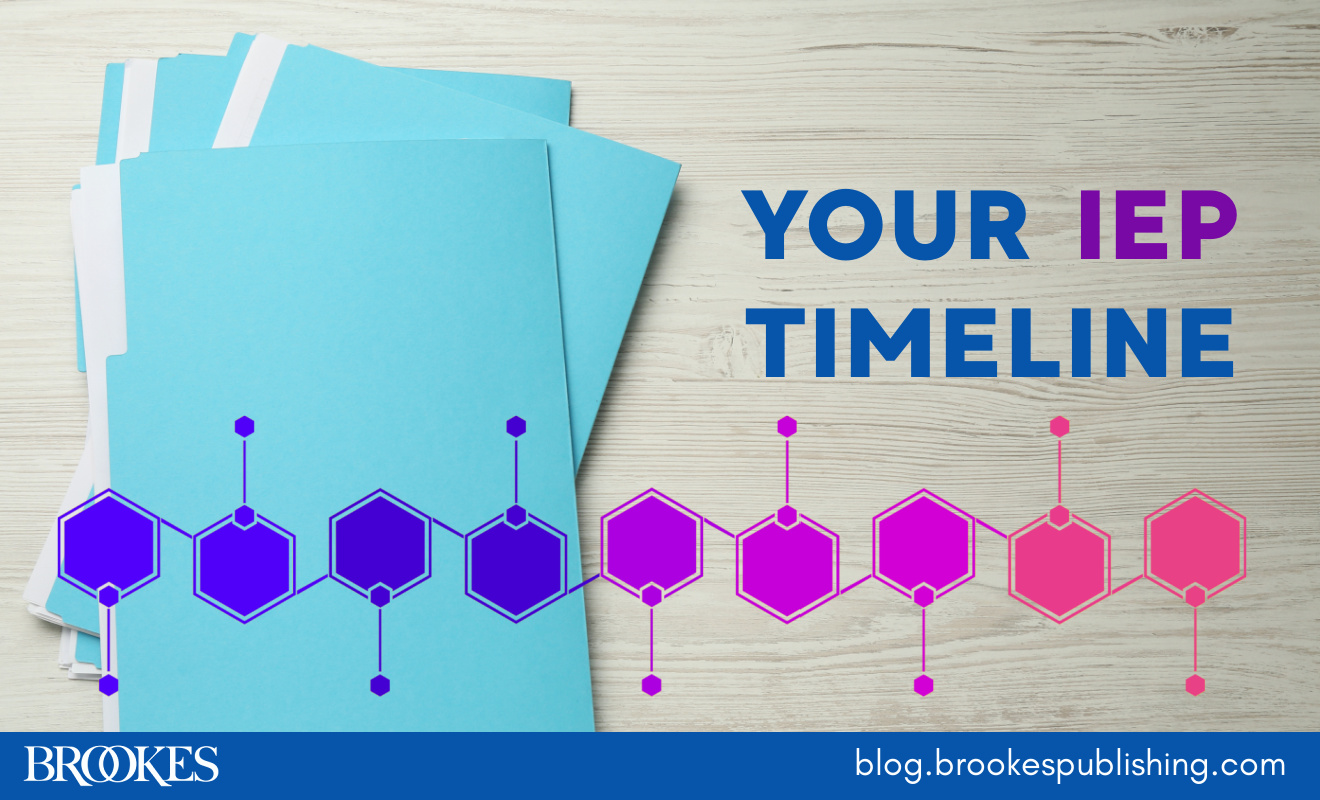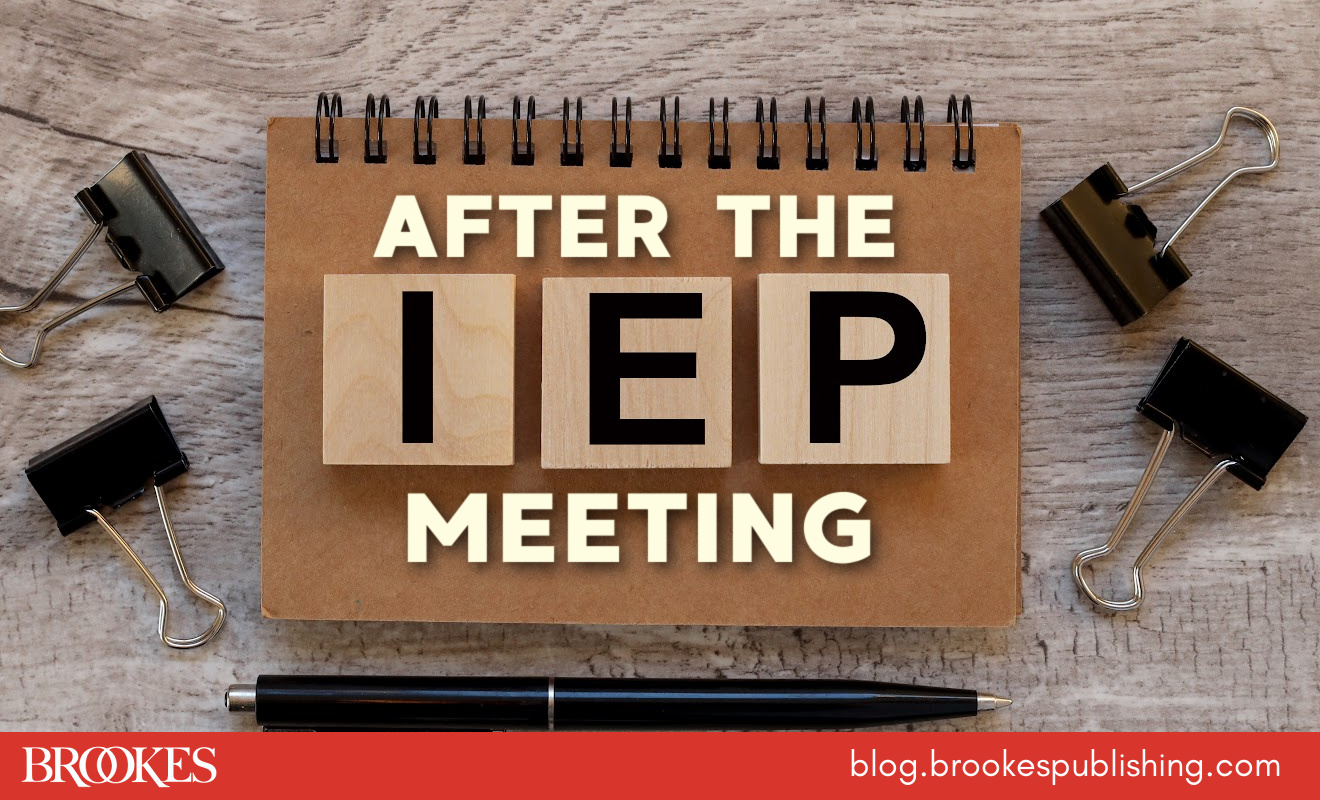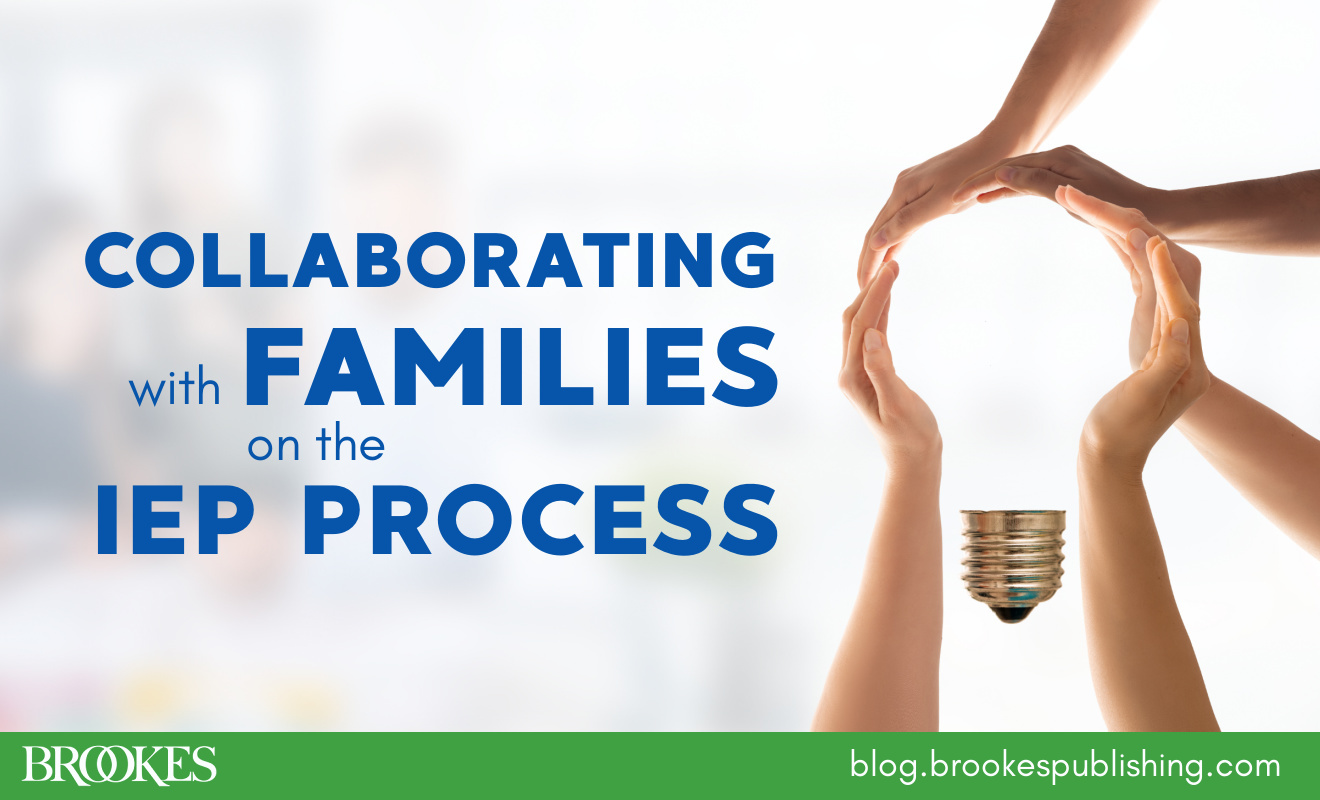Teacher Tips: Your Quick Guide to Writing the BEST Goals for Student IEPs
July 18, 2024
 *Today’s post has been adapted from the second edition of The IEP Checklist by Clarissa E. Rosas & Kathleen G. Winterman
*Today’s post has been adapted from the second edition of The IEP Checklist by Clarissa E. Rosas & Kathleen G. Winterman
Although the concept of writing measurable IEP goals and objectives is not new, educators are often perplexed about how to write measurable goals that are meaningful. Part of the confusion is due to the terms—goals, objectives, and benchmarks—that are mistakenly used interchangeably.
- Goals are statements based on the needs of an individual student that specify the change that is expected as a result of a prescribed intervention.
- Objectives are the interim steps students would take to reach their goals.
- The objectives serve as benchmarks to determine if a student is making sufficient progress toward the goal.
IDEA 2004 requires that schools provide parents with periodic reports on the progress their child is making toward meeting the annual goal(s). Therefore, it’s critical that the goals are not only written in measurable terms but also are meaningful, so the student’s progress toward meeting the goal can easily be assessed.
Writing standards-based goals requires that the IEP team consider the student’s strengths and needs, the content standards that all students must achieve in their district, and the gap between the student’s levels of functioning and where they should be performing. The acronym BEST (behavior, evaluation, specific, timely) can be used to remember the questions that guide your IEP team in developing meaningful and measurable goals.
B: Behavior
Guiding question: What is the observable act or desired behavior that the student is to perform?
Suggestion: Describe the intended behavior using concrete sensory-specific language that can be seen or heard.
Examples:
- Write
- Read
- Construct
- Say
E: Evaluation
Guiding question: What assessment measure and performance indicator will let the IEP team know that the desired behavior was met?
Suggestion 1: Indicate the assessment measure and specify the key quantifiable performance
(i.e., criteria) indicator that will determine if the desired behavior was met.
Examples:
- Curriculum-based assessment
- Observations
- Rubric
- Checklists
Suggestion 2: Specify the key quantifiable performance indicator that will determine if the desired
behavior was met.
Examples:
- 80% accuracy
- 3 out of 5 opportunities
- Rate of 80 words per minute
S: Specific
Guiding question: What is the specific context or condition when the desired behavior will occur?
Suggestion: Use precise language that describes the condition(s) in which the student will demonstrate the desired behavior.
Examples:
- When asked to read a passage…
- Given a second-grade textbook…
- During sustained silent reading…
T: Timely
Guiding question: When will the desired behavior be accomplished?
Suggestion: State the timeline or date.
Examples:
- By June 20XX
- At the end of the academic year




Write a Comment
Your email address will not be published. Required fields are marked *
Post a Comment